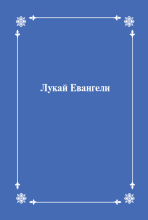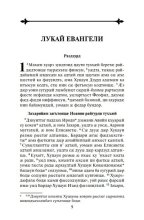

The Digor variant of the Ossetic language is predominantly spoken by Ossetians from the western region of North Ossetia, specifically the Digor Valley and the Mozdok region. It is also spoken by Digors residing in Vladikavkaz and the eastern part of Kabardino-Balkaria, with the total number of speakers estimated at around 100,000.
The Digor community has an established literary tradition with newspapers such as “Digory Hubartt” and “Irf” being published. A Digor-Russian dictionary has also been published, and a Digor drama theater is operational. The Constitution of the Republic of North Ossetia-Alania recognizes both the Iron and Digor dialects of Ossetic as official languages in the region.
The text of Luke was written in the Koiné Greek language of the 1st century AD at a high literary level. The members of the Digor translation team, including translator Aza Hallayeva and philological editor Fedar Takazov, set themselves the same goal. The Digor translation was checked against the original Greek text and went through a multi-stage process of proofreading, editing, and approval so as to accurately correspond to the original while also sounding as natural as possible in modern Digor. To assist the reader, footnotes are provided with cultural and historical background information. At the end of the book, there are maps of Biblical places and a glossary of key Biblical terms and difficult words. The text also contains black-and-white illustrations to aid readers in imagining what Biblical characters or objects may have looked like.
Previously, the Digor Gospel of John was published in 2002, and in 2013, an audio recording was made of this translation. A "Gospel Parables" edition was published in 2019.
The published version of the Gospel of Luke, as well as the earlier publications in Digor, can be accessed electronically on the IBT website in the e-publications section.
The IBT Digor translation team continues working on the translation of the Gospel of Matthew and Mark, aiming at the publication of the Four Gospels.

Share: